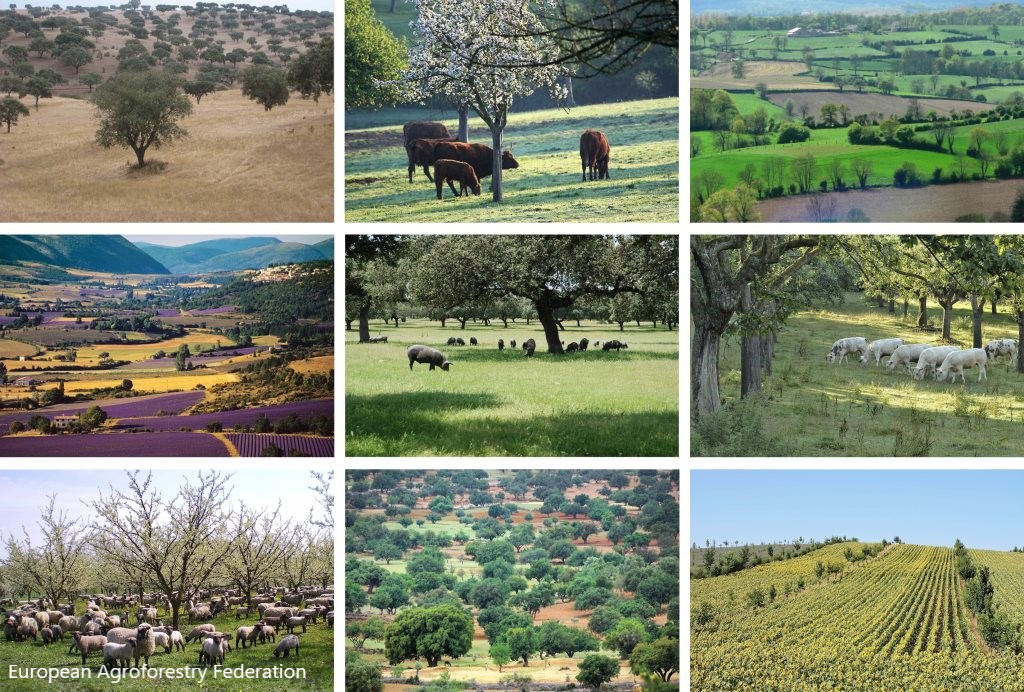Why Agroforestry?

“Living beings of each place and in each situation form consortia in which each member contributes with its particular capacity to improve and to optimize its conditions as well as those of the members of its consortium to grow, prosper and reproduce.” Ernst Götsch
Agroforestry is a key land-use system to increase the production potential, restore the environment, conserve biodiversity, as well as to mitigate and adapt to climate change.
Agroforestry is a land use system where trees or shrubs are grown around or among crops or pastureland. Drawing from millennia of indigenous knowledge, agroforestry uses farming principles designed to mimic nature.
There are many types of agroforestry systems adapted by local farmers to their local context. It is all about context, less about definitive land-use theories or approaches. It is about the art of reading the local ecosystems and understanding the social and economic context. Followed by the implementation of the most adapted management practices, tools and tree-crop-livestock combinations.
By designing locally adapted agroforestry systems we can…
Edhen supports the integration of trees into agricultural landscapes. Our support is needed as agroforestry systems require know-how & investments, especially during the establishment phase.
Agroforestry is a broad interdisciplinary topic including agronomy, forestry, horticulture, ecology, geography, biology, hydrology, economy as well as social sciences. Hence, the complexity of agroforestry systems calls for collaborative R&D, building on new scientific findings and local farmers’ experience.
Following a holistic approach, we can address social, agricultural and environmental challenges at the same time.

Example: Syntropic Agriculture
One of the many great agroforestry systems, gaining popularity in temperate as well as (sub) tropical regions is Syntropic Agriculture. Developed by the farmer and researcher Ernst Götsch in Brazil. The objective of this successional agroforestry system is to mimic the patterns and dynamics of local ecosystems, in the design of productive farming systems. By i) High density companion planting: to optimize the use of space, sunlight and nutrients; ii) Intensive pruning: to rejuvenate plants and accelerate photosynthesis, biomass production, nutrient cycling and CO2 sequestration; iii) Advancing succession: by managing species composition with respect to evolving climax communities.